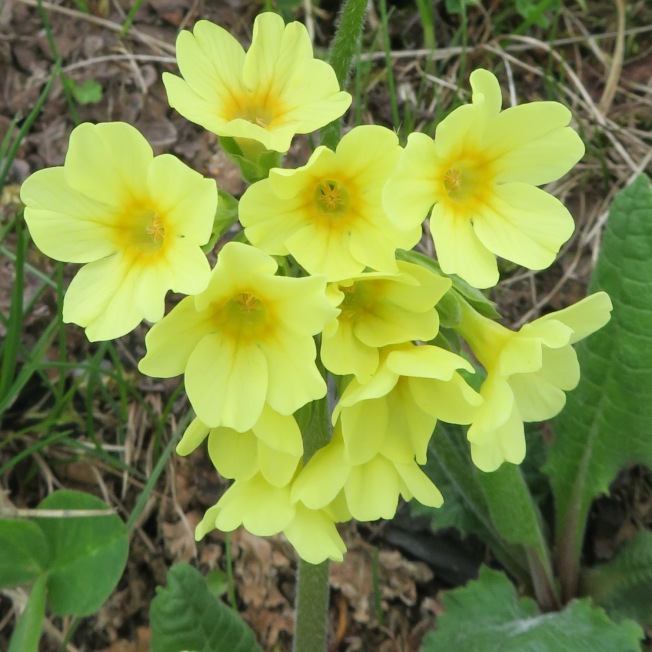Part of what keeps me going into the landscape every day is how the people in the local towns and in their agriculture integrate at the smallest scale into the larger landscape. Wilderswil is an excellent example.
From my place I took two busses and in 10 minutes I was in Wilderswil Dorf–the center of the village.

The Bears Hotel in the center of Wilderswil–this is downtown in the village. 2,700 people live in Wilderswil which is part of the Interlaken agglomeration(24,000 pop.).
After 5 more minutes walk I was at the edge of the village on a pedestrian path known in the local dialect as a wanderweg–a way for wandering through the landscape–journeys to the unknown.

Wandering along a wanderweg.
After 15 minutes in thick mixed forest, a view of the larger landscape opened before me.

The small scale agriculture sits at the base of steep forested mountains.

The valley floor is pasture for smaller agricultural holdings. The forest begins where the slope becomes too steep for pasture.
The small scale agriculture comes right to the edge of town.

This is the kind of diversity that comes from hard work and returns healthy people.
The town people use every imaginable way to bring practical plants, gardens and small scale agriculture right to their doorstep.

These are typical throughout the village–the owners encourage nature right up to their front door.
This last black and white photo, taken in 1952, shows Wilderswil at the mouth of the Saxeten Valley and river. This valley, while never gaining the reputation of the Lauterbrunnen and Grindelwald Valleys, has undeniable drama and magnificent landscape setting. These are the Berner Oberland.

By Werner Friedli – This image is from the collection of the ETH-Bibliothek and has been published on Wikimedia Commons as part of a cooperation with Wikimedia CH. Corrections and additional information are welcome., CC BY-SA 4.0, https://commons.wikimedia.org/w/index.php?curid=59858775


































